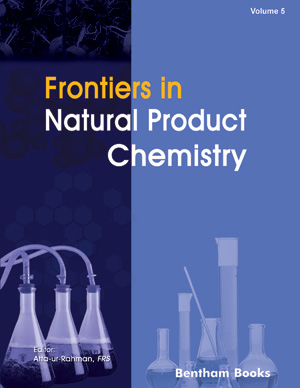Abstract
MAOs perform deamination of amines, are present at high-concentration in neuronal cells, and are found bound to the outer mitochondrial membrane. MAOA oxidizes serotonin, noradrenaline, and adrenaline; and MAOB oxidizes dopamine, β- phenylethylamine (β-PEA), and benzylamine. Abnormal MAOA activity has been implicated in depression, anxiety, and other psychological or psychiatric disorders, while heightened MAOB activity in the brain occurs in Alzheimer’s disease, Huntington’s disease, Parkinson’s disease, and normal aging. Drugs have been developed and continue to be developed with both MAOA and MAOB as targets. However, MAO inhibitors (MAOIs) have adverse side effects and serious drug interactions with some over the counter medications. MAOA is inhibited by Clorgyline and MAOB is potently inhibited by both Deprenyl and Pargyline. In addition, polyphenol green tea catechins may also target the MAO enzymes. Using these inhibitors as controls, fluorescent activity assays were performed with commercially available catechins from green tea extracts primarily composed primarily of EGCG. MAOs were utilized as targets to investigate and confirm recent studies suggesting that green tea catechin polyphenols may be preventative for certain degenerative diseases, psychiatric disorders, and emotional disabilities. Of the tested green tea extracts (confirmed EGCG), commercial catechins exhibited half-maximal inhibitory concentration (IC50) values in the low-to-mid μM range, at approximately 50-750 μM. Molecular docking of specific catechins into the MAOA and MAOB active sites resulted in binding constants in the low μM range. Docking studies as such provide structural insights into possible binding models of EGCG catechin to MAOs. Efforts to understand the effect of catechins on MAO targets are currently underway, and a survey of the literature is provided.
Keywords: Catechins, EGCG, Green tea extracts, MAOA, MAOB, NDRIs, SNRIs.




















